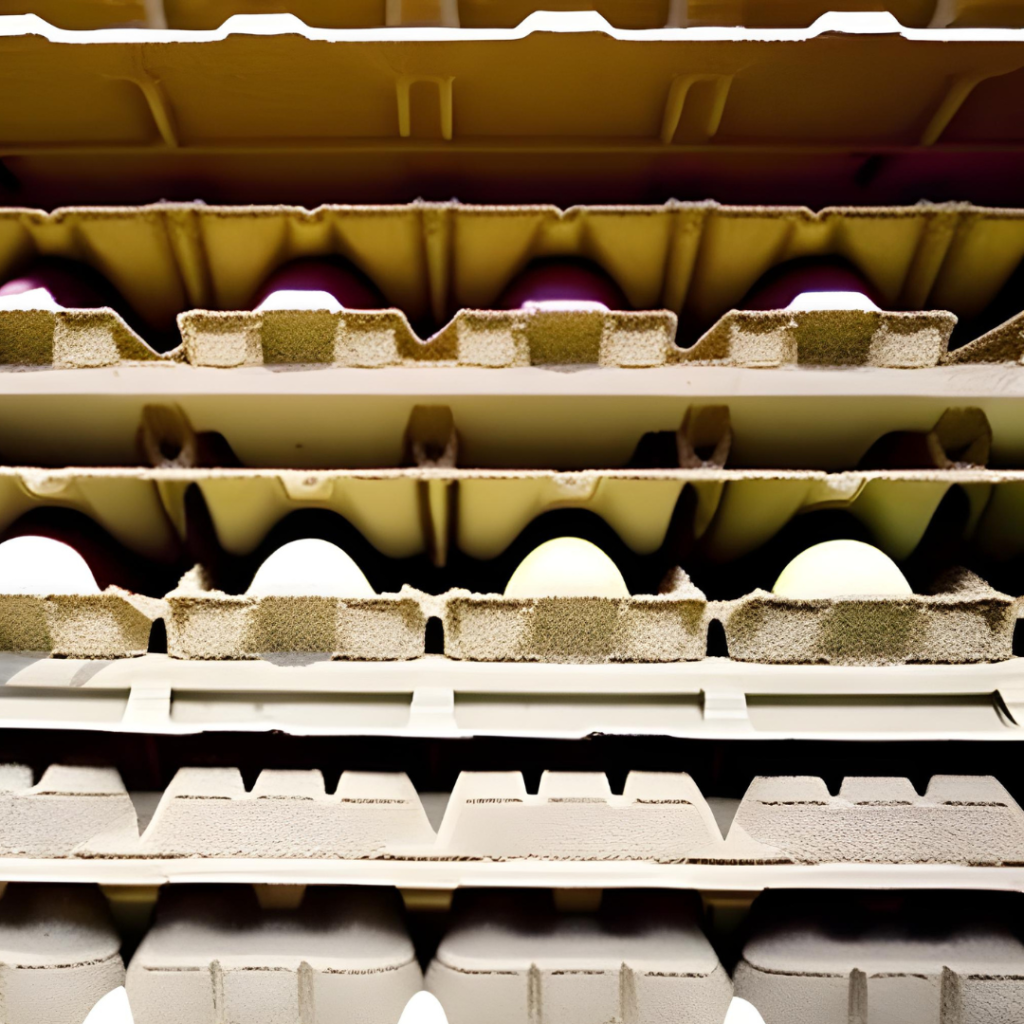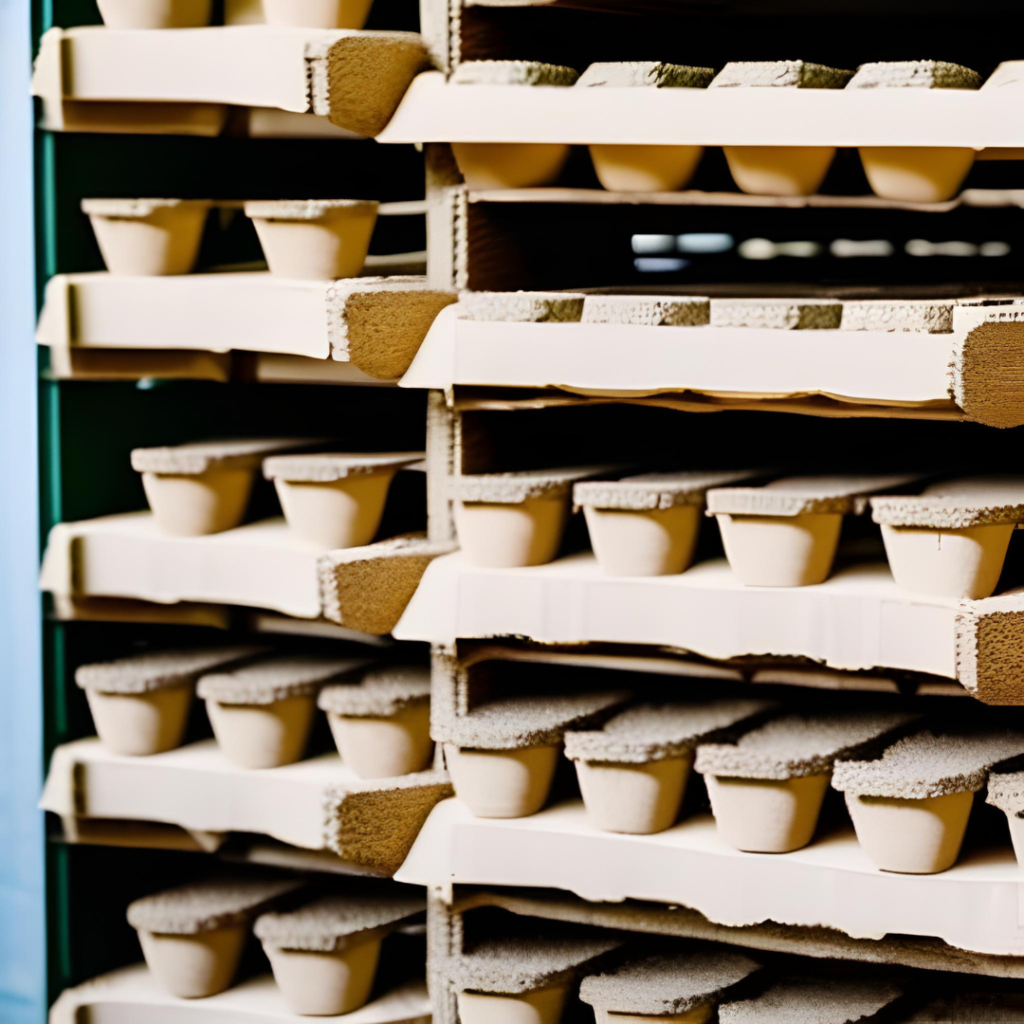The concept of the circular economy has gained traction in recent years as a way to create a more sustainable and resource-efficient system. In this context, pulp egg cartons are a prime example of how recycling can support sustainable packaging. In this blog post, we will explore the circular economy of pulp egg cartons, including the process of recycling them and their role in promoting sustainable packaging and reducing environmental impact.
Renewable and Sustainable Material:
Mash egg cartons are made from renewable and economical materials, such as reused paper and cardboard. These materials can be reused and repurposed different times without losing their quality, making them an perfect choice for economical bundling. By utilizing mash egg cartons, which are made from renewable and economical materials, able to diminish our dependence on non-renewable assets and advance a circular economy.

Recycling Process:
The recycling process of pulp egg cartons is relatively straightforward and environmentally friendly. After their initial use, pulp egg cartons can be collected, sorted, and sent to recycling facilities. At the recycling facility, the cartons are broken down into small pieces, mixed with water to create a pulp, and then formed into new egg cartons using molds. This process can be repeated multiple times, allowing pulp egg cartons to be recycled and repurposed into new packaging products, contributing to the circular economy.
Reduced Environmental Impact:
Recycling pulp egg cartons significantly reduces their environmental impact. Compared to other packaging materials, such as foam or plastic, pulp egg cartons have a lower carbon footprint and generate less waste. Recycling pulp egg cartons prevents them from ending up in landfills, where they can contribute to pollution and take years to break down. Instead, recycling allows them to be repurposed into new packaging products, reducing the demand for virgin materials and promoting sustainability.

Promoting Circular Packaging:
Pulp egg cartons are a prime example of circular packaging, as they can be recycled and repurposed multiple times without losing their quality. By promoting the use of pulp egg cartons and supporting their recycling, businesses can contribute to a circular economy for packaging, where resources are used efficiently, waste is minimized, and environmental impact is reduced. Circular packaging systems help to create a more sustainable and resilient packaging industry that promotes responsible resource management and reduces the negative impacts on the environment.
Consumer Education and Engagement:
As part of the circular economy, consumer education and engagement play a vital role. Educating consumers about the recyclability and sustainability of pulp egg cartons can increase awareness and encourage proper recycling practices. Engaging consumers through labeling and communication about the environmental benefits of using and recycling pulp egg cartons can promote their participation in the circular economy and foster a more sustainable packaging system.

In conclusion, pulp egg cartons are a sustainable packaging option that supports the circular economy through recycling and reducing environmental impact. Their renewable and sustainable materials, recycling process, reduced environmental impact, and promotion of circular packaging make them an eco-friendly choice for businesses and consumers. By choosing and recycling pulp egg cartons, we can contribute to a more sustainable and resource-efficient packaging industry, promoting a circular economy and protecting the environment for future generations.


